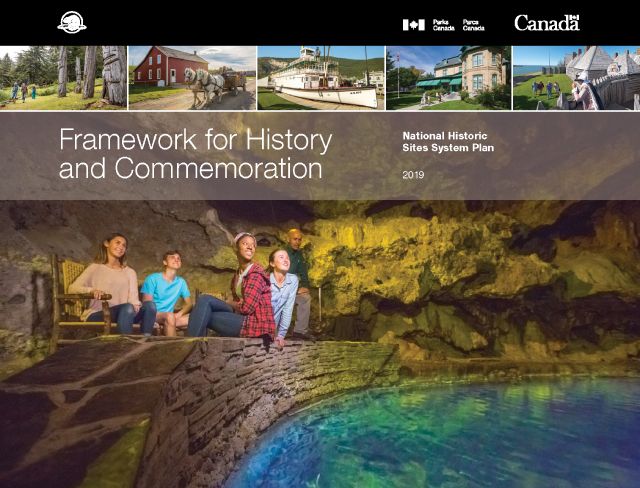
Framework for History and Commemoration
The Framework for History and Commemoration: National Historic Sites System Plan 2019 provides direction to Parks Canada and the Historic Sites and Monuments Board of Canada (HSMBC). It guides their work of recognizing and sharing the country’s rich and complex history and engaging Canadians in their past.
Much of the history shared at national historic sites has been told from a single perspective, which can be static and not reflect Canada’s historical and cultural diversity. The Framework:
- outlines a more inclusive and balanced approach to sharing stories of Canada’s past
- supports recognizing wide-ranging perspectives
- encourages recognizing the challenging and difficult periods of Canadian history
The Framework adopts key public history practices to ensure that the history told at Parks Canada sites captures the public’s imagination and sparks their curiosity. These key practices include, but are not limited to:
- crafting big stories — taking into account the larger historical picture situates heritage places within local, regional, national and international contexts
- sharing authority — engaging with the public about what the past means to them, and co-developing projects including those drawing upon oral history and traditional knowledge
- emphasizing a full range of historical voices — exploring different voices, perspectives and experiences to illuminate a more comprehensive and inclusive understanding of history
- addressing conflict and controversy — confronting uncomfortable elements of the past can lead to a greater understanding of Canadian society today
The Framework in action at Parks Canada
Learn how Parks Canada is using the Framework for History and Commemoration to renew interpretation activities at its national historic sites.
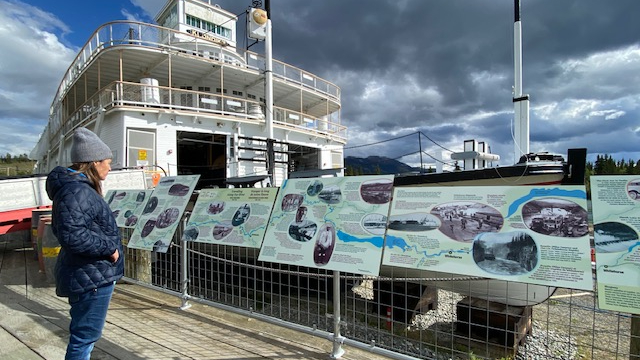
Added perspectives on a symbol of Yukon history
A series of new interpretive panels deepen the history commemorated at S.S. Klondike National Historic Site
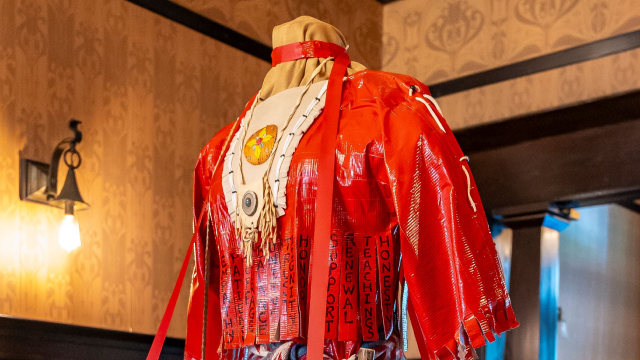
Renewed interpretation of the Klondike Gold Rush
A dress made of red tape highlights a renewed approach to historical interpretation in Dawson City, Yukon
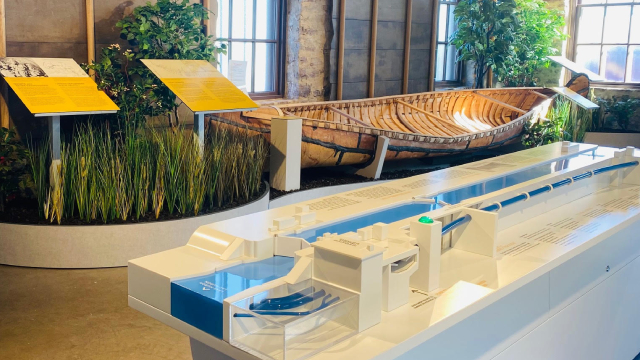
Added Indigenous perspectives at Sault Ste. Marie Canal National Historic Site
A birch bark canoe on loan offers an important connection to Batchewana First Nation ancestors
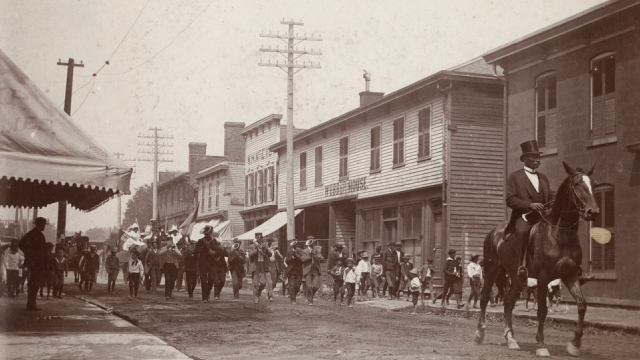
Fostering an inclusive history: Many peoples, many stories
Racialized communities were invited to help highlight the diverse stories that have shaped the country we know today
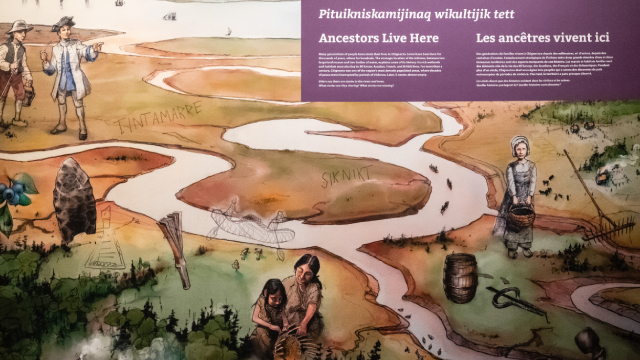
Revealing Chignecto: The travelling exhibit
A travelling exhibit explores diverse perspectives of Mi’kmaq and Acadian peoples about the region's long history
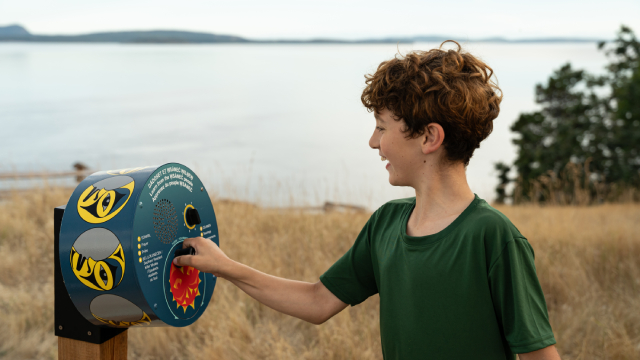
Protecting relatives: Whale conservation and storytelling
Indigenous stories share the cultural significance of killer whales at Gulf Islands National Park Reserve
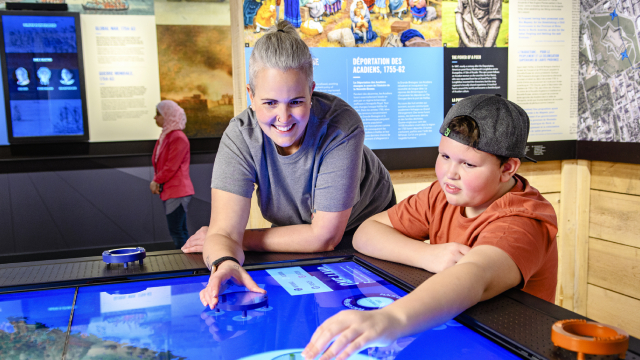
Broader storytelling at the Halifax Citadel
A new exhibit explores its history from Mi’kmaq, Acadian, African Nova Scotian and British perspectives
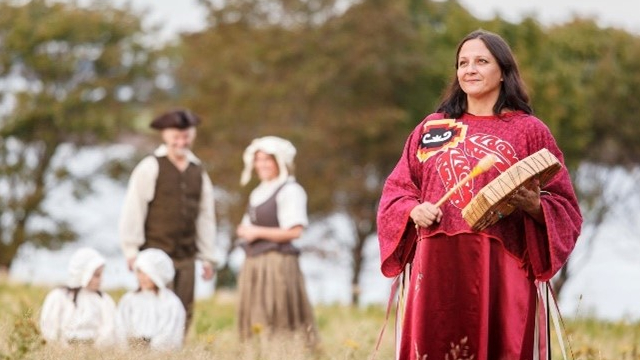
Woven stories of Mi’kmaq and Acadian communities
The diverse history presented at Skmaqn-Port-la-Joye-Fort Amherst National Historic Site in Prince Edward Island
Related links
- Date modified :
